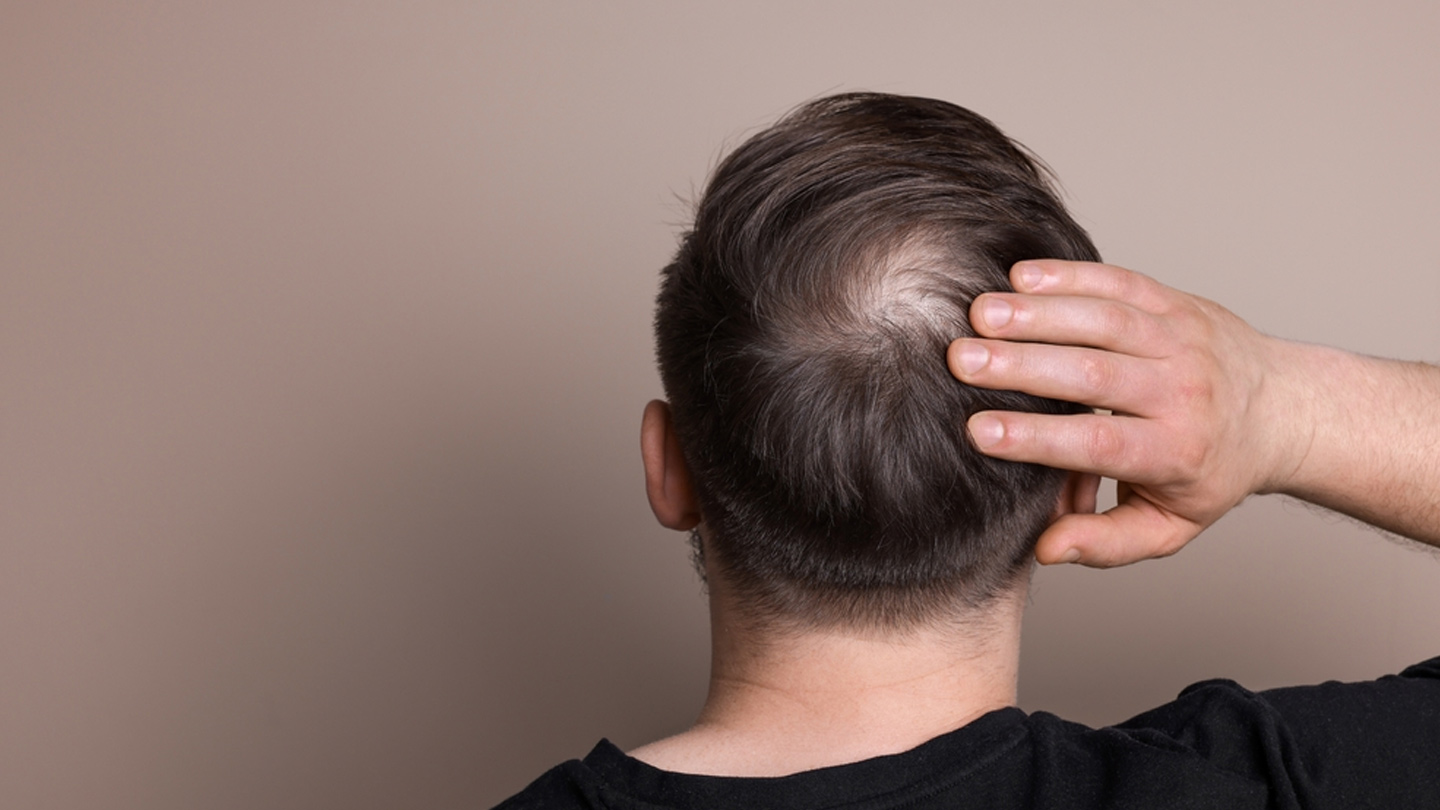Medical
How to Tell if You’re Dehydrated: Symptoms, Myths and Facts
With climate change coming into play, heatwaves are becoming more and more prevalent, which means that it’s more important to stay hydrated than ever before.
Drinking water is important. And there’s plenty of logic behind that statement. Almost sixty percent of our bodies are made up of water, and those water levels keep depleting regularly due to activities like sweating and urination, which is why it’s vital to keep replenishing it with adequate hydration. According to the National Library of Medicine, USA, being dehydrated doesn’t just mean our body is running low on water—it also means that you’re losing electrolytes like sodium, calcium and potassium, which are responsible for balancing your body’s pH levels as well as moving nutrition into and excreting waste out of our cells. The World Health Organisation says that you become extremely dehydrated when you lose more than ten percent of your body weight in fluids. But before you reach extreme levels of dehydration, your body will send you certain signs that it needs more water. Let’s have a look at them.
Signs of dehydration
- Dry skin
According to the Centers for Disease Control and Prevention, USA, every cell in the human body needs water to function properly. Skin being the largest human organ, is no exception to this rule. This is why your skin can look dry, patchy or itchy when it’s dehydrated. An easy way of checking if your skin is dehydrated is by doing the ‘tent’ test. Just pinch the skin over your knuckles and if it doesn’t return back to its normal form and stays ‘tented’, it might be time to hydrate. - Bad breath
Healthy saliva production keeps your mouth moist and less hospitable to bad bacteria, because of its antibacterial properties. But when you’re dehydrated, your production of saliva decreases, which causes a surge in the number of harmful bacteria, ultimately leading to bad breath. This is also why we wake up with ‘morning breath’ because your mouth slows down its production of saliva overnight leaving bacteria to breed. - Muscle cramps
Our muscles need lubrication to keep moving, and working out in the heat can lead to a loss of liquids, which later increases the chance of getting muscle cramps. A study conducted by Dr Wing Yin Lau, Centre for Exercise and Sports Science Research, School of Medical and Health Sciences, Edith Cowan University, Australia, found that when participants rehydrated with a drink containing electrolytes after exercise, they were less likely to develop muscle cramps. So have electrolyte based drinks while performing any kind of physical activity during summers. - Fever and chills
According to the Centers for Disease Control and Prevention, USA, you sweat more when you’re down with a heat illness, which leads to unhealthy amounts of fluid loss in your body. Fever and chills are common symptoms of a heat illness. The higher the fever, the more dehydrated you feel. If your body temperature is constantly increasing and you’re feeling parched, you should consume more liquids and keep reapplying a cold washcloth for quick relief. - Headache
A study conducted by Dr Joseph N Blau, MD, The City of London Migraine Clinic, London, UK, found that 34 out of 95 participants considered dehydration a migraine trigger. The symptoms of dehydration induced migraine vary widely, but may include:severe pain on one side of the head
nausea
thirst
dry or sticky mouth
darker yellow urine
Myths about Dehydration
- To avoid dehydration, drink as much as water as you can
Drinking way too much water can lead to the depletion of sodium levels in your body and cause a condition called hyponatremia. Severe symptoms of hyponatremia can include convulsions, confusion, fatigue, headache, nausea, and muscle weakness. According to the Indian Council of Medical Research’s Dietary Guidelines for Indians, a normal person needs about eight glasses or a little over two litres of water in a day. - You can get hydrated only by drinking liquids
Fruits and vegetables like watermelon, cucumber, celery, radish, grapefruit and strawberries contain huge amounts of water along with other important vitamins and minerals and should be consumed along with drinking plenty of water. - If you’re thirsty, you’re already dehydrated
Feeling thirsty is a very common symptom of dehydration but it doesn’t always signal a lack of fluids. A sharp increase in thirst can be because of serious conditions like diabetes or even something as simple as eating spicy food.
Dehydration Facts
- Dark yellow urine may mean that you’re dehydrated
This is pretty much self explanatory. If your urine is darker than usual, that might signal dehydration because of not consuming enough water. But if it’s more brown than dark yellow, then you need to see a doctor as it might be a symptom of a urinary tract infection. - Some groups are at a higher risk of dehydration than others
According to the National Health Service, UK, severe morning sickness in pregnant women can cause vomiting and lead to serious dehydration. Along with pregnant women, kids and senior citizens are also at a higher risk of dehydration. - Having Covid-19 makes regular hydration especially important
According to Johns Hopkins University, Baltimore, USA, an estimated twenty percent of Covid-19 patients are likely to experience diarrhea soon after contracting the disease. Leading to a surge in the loss of fluids in our body which need to be constantly replenished with adequate hydration.
EXPLORE MORE
A sprain isn’t “just a sprain.” Here’s what your ankles wish you knew.
Your body whispers before it screams. Here are the early heart disease warning signs most people overlook until it’s too late.
Baldness isn’t just about ageing; it’s a complex condition influenced by biology, habits, and health. Understanding it is the first step toward managing it.
Breast cancer before 40 is rare, but not impossible. Know these warning signs so you can spot them well in time.







.jpg)


